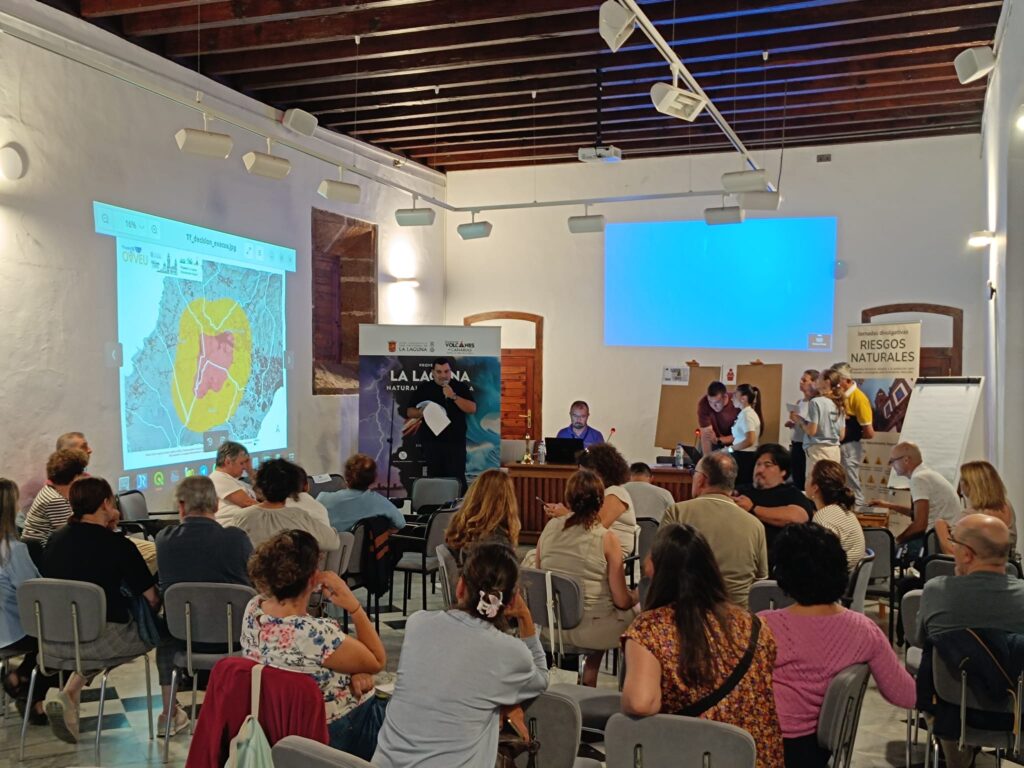The Santa Cruz City Council has defended the artistic significance of the Franco monument located on Anaga Avenue through a technical report which has been sent to the Cabildo. The Cabildo requested the city hall’s opinion, being the owner of the sculptural complex, during the allegation period initiated for the declaration of cultural interest (BIC) concerning the work of Juan de Ávalos.
In response to this request, the council provided a technical report prepared by the Autonomous Agency of Culture (OAC), which included a reaffirmation of the diagnosis made by the International Centre for Heritage Conservation (CICOP) in 2018. In this diagnosis, the entity argues that the work “possesses sufficient artistic merit to warrant preservation.”
The OAC’s opinion emphasises that, in the case of the victory monument, commonly referred to as the Franco monument, “it is challenging, if not nearly impossible, to dissociate the artistic value from its intended purpose. The historical context justifies the sculpture’s creation along with its formal elements. The piece is characterised by a style that fuses neoclassical and figurative elements, aiming not only to create an artistic object but also to transform public space into a platform for expressing a political and social narrative.”
In this regard, the analysis clarifies that the monument, considered independently from its historical context and intention, “serves as a notable example of monumental sculpture through the visual impact of the central piece.” It also notes that “attention to detail is evident in the creation of the bronze component, as well as the intricate complexities involved in executing a sculpture of such scale, necessitating precision in both casting and material handling to maintain the structural integrity of each part, from inception to the final realisation of the monument.” For its part, the CICOP Foundation reaffirmed the preservation of the monument in another report requested by the City Council on 3 April, reiterating its previous conclusions made on 31 May 2018 relative to the sculptural monument in the capital of Tenerife.
In this report, the entity considered that, in light of the Historical Memory Law, Ávalos’ work “having sufficient artistic values to be preserved,” observed that “the urban harmony of the surrounding area, as outlined in the geometric-formal study, has accumulated identity markers over the years that citizens have come to recognise as their own, moving beyond the ideological significance it carried in previous times and embracing social expressions and cultural values reflective of the knowledge and societal expressions of a 20th-century democracy.”
The CICOP recommended “creating a rehabilitation study for the locale of the sculptural complex, transforming it into a site museum where, informed by the Historical Memory Law, visitors can learn about the evolution of the work and the historical events associated with it.”















